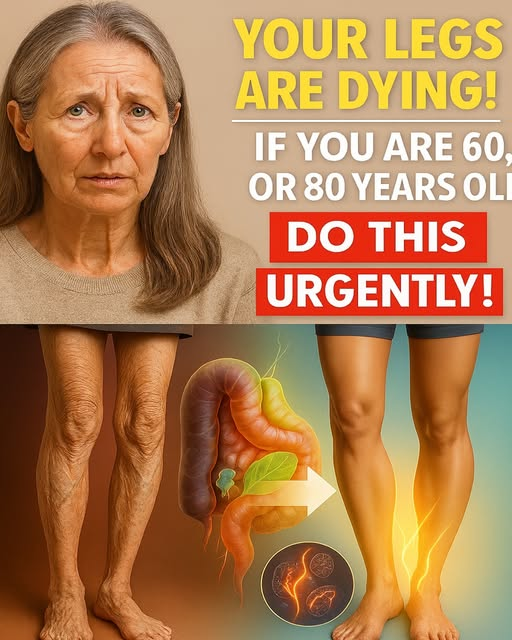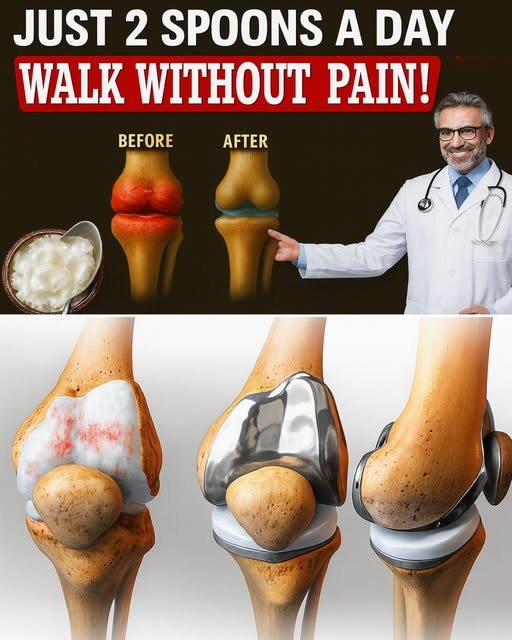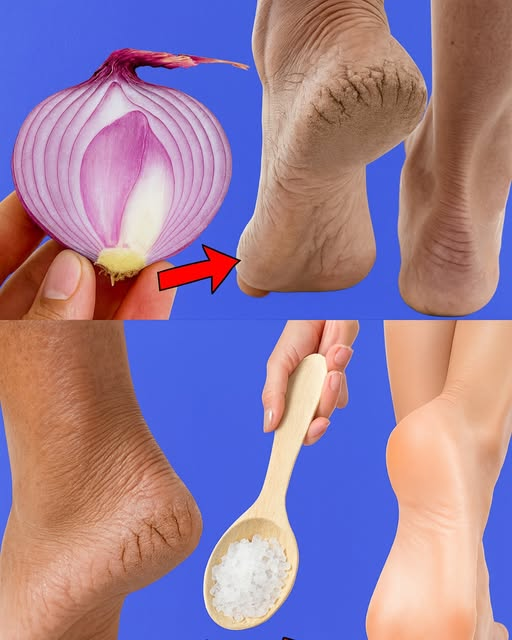Have you noticed your legs feeling more tired than usual, or that simple tasks like climbing stairs or standing up from a chair feel harder than before? You’re not alone. According to the Journal of Aging and Physical Activity, more than 40% of adults over 60 report gradual leg weakness, often without realizing the underlying causes.

The truth is, weak legs aren’t just “a normal part of getting older.” Many factors—nutritional gaps, circulation issues, or even overlooked daily habits—can slowly chip away at leg strength. The good news is that by identifying these root causes, you can take steps to support your mobility, reduce fall risk, and feel more confident in every stride.
In this article, you’ll discover six surprising reasons your legs may be weakening after 60 and the simple, science-backed strategies you can use today to rebuild strength and independence.
1. Not Enough Muscle-Activating Movement
Even if you stay generally active with walking or light chores, your legs may not be getting the kind of targeted stimulation they need.
Why This Matters
- Muscle mass naturally decreases with age, a process called sarcopenia.
- Without resistance training, sarcopenia can accelerate, leading to loss of mobility.
What To Do
Incorporate short, strength-focused routines 3–4 times per week:
- Sit-to-stands from a sturdy chair (10–15 reps)
- Calf raises while holding onto a counter (2–3 sets of 12)
- Seated leg extensions with ankle weights or resistance bands
Research Insight: Studies show that older adults who engage in resistance training slow muscle loss significantly, even with as little as 15 minutes a day.
2. Poor Circulation in the Lower Body
Heavy, crampy, or tired legs may point to circulation problems. This is more common than many realize and can worsen if ignored.

Warning Signs
- Cold feet or toes
- Cramping in calves during short walks
- Swollen ankles by day’s end
Helpful Habits
- Elevate your legs when resting
- Take short walks every hour if sitting for long periods
- Avoid crossing your legs for extended time
- Try ankle pumps and circles while seated
If symptoms persist, consult your doctor to rule out peripheral artery disease (PAD) or other vascular conditions.
3. Low Vitamin D and Calcium Levels
Strong muscles and bones depend on certain nutrients—especially vitamin D and calcium. Deficiency can quietly weaken your legs over time.
Why This Matters
- Vitamin D helps regulate muscle function and nerve signaling.
- Calcium keeps bones strong and prevents fractures.
How To Support Your Levels
- Spend 15–20 minutes in natural sunlight daily (weather permitting).
- Add calcium-rich foods like leafy greens, dairy, or fortified plant milk.
- Speak with your healthcare provider about vitamin D blood tests and possible supplements.
Expert Insight: Harvard Health notes that adequate vitamin D levels help reduce fall risk in older adults.
4. Nerve Communication Breakdown
It’s not always your muscles—sometimes the problem lies in your nerves. If they aren’t sending strong signals, movement can feel unsteady or weak.
Possible Causes
- Diabetes or prediabetes (nerve damage from high blood sugar)
- Vitamin B12 deficiency
- Side effects from certain long-term medications
How To Protect Your Nerves
- Manage blood sugar with diet and activity
- Eat nerve-supportive foods like fish, eggs, and leafy greens
- Have your B12 levels checked, especially if you follow a vegetarian diet
If you experience numbness, tingling, or burning, it’s important to seek medical advice.

5. Balance Muscles Are Being Neglected
Big muscles like quads and calves get most of the attention, but smaller stabilizing muscles around your hips and core are just as vital. Without them, your legs may wobble or give out unexpectedly.
Warning Signs
- Feeling unsteady when turning quickly
- Needing support to rise from a chair
- Wobbling during simple stretches
Balance-Building Exercises
- Stand on one foot while holding a counter (10–30 seconds)
- Gentle yoga or tai chi
- Side leg lifts or slow stepping routines
Research Note: The National Institute on Aging recommends balance training for all adults over 60 to reduce fall risk.
6. Not Enough High-Quality Protein
Protein is the building block of muscle. If your diet lacks sufficient amounts—or if your body struggles to absorb it—your leg strength may gradually decline.
Consider These Questions
- Do you include protein at every meal?
- Is your protein varied (not just meat, but eggs, fish, legumes, dairy, tofu)?
Easy Ways to Boost Protein
- Add Greek yogurt or cottage cheese to breakfast
- Mix beans or lentils into soups and salads
- Try a protein smoothie with fruit and nut butter
Note: If you have kidney concerns, consult your doctor before increasing protein intake.

Rebuild Strength, One Step at a Time
Leg weakness after 60 is not inevitable. By addressing these six hidden factors—movement, circulation, nutrition, nerve health, balance, and protein intake—you can take control of your mobility and vitality.
Your Action Plan
- Identify the factor that resonates most with your situation.
- Set a simple, achievable goal (like 10 sit-to-stands daily).
- Track progress weekly—strength builds gradually but consistently.
Every step you take toward stronger legs adds up to more freedom, confidence, and independence.
Conclusion
Q: Is leg weakness after 60 just normal aging?
Not necessarily. While aging contributes, lifestyle, nutrition, and overlooked habits play a major role.
Q: Can I rebuild strength even if I already feel weak?
Yes. With consistent movement, improved nutrition, and medical guidance when needed, many seniors regain mobility.
Q: When should I see a doctor?
If you experience persistent weakness, numbness, balance issues, or pain that limits daily activities, consult a healthcare provider.
Important Note: This article is for informational purposes only and should not replace professional medical advice. Always speak with your doctor before making health changes, especially if you have pre-existing conditions or take medications.




